According to the Indian Brand Equity Foundation, India ranks 13th out of 184 countries for the contribution that tourism makes to its GDP. The tourism sector will become more important in the future.
No longer a slumbering giant, Incredible India is thoughtfully attracting varied tourism markets with an increasingly sophisticated marketing strategy. But the time is right to take the marketing to the next level, says Carolyn Childs, co-founder, MyTravelResearch.com.
Since returning from Australia Business Week in India in mid January I’ve written a lot about how Australia can profit from the source market opportunity that India represents. Now it’s time to put something back by looking at how India could grow her tourism faster.
India is doing a pretty good job of tourism already. According to the Indian Brand Equity Foundation, India ranks 13th out of 184 countries for the contribution that tourism makes to its GDP. The tourism sector will become more important in the future. The IBEF study quotes WTTC research that says between 2014 and 2024 tourism in India is forecast to grow at 6.4% per annum compared to a world average of 4.2%.
India is also is easing its VISA processes to make it easier to visit. It has a clear strategic focus on areas of strength such as medical, wellness, luxury and heritage tourism.
Its ‘Incredible India’ campaign is emotive and has cleverly been given the chance to grow and evolve over the last 12 years. The government has avoided the trap of reinventing the wheel, choosing instead to capitalise on the brand equity it has already created.
Its latest iteration has been segmented into a domestic version (Go Beyond) and an international version Find What You Seek. The government recognises the importance of domestic tourism and the need to spread tourism rupees and dollars across more locations. In the international campaign, it recognises that people want to come to India for many diverse reasons.
India needs to broaden its appeal
Whilst India showcases many types of experience, the iconography and the talent still focuses a lot on one type of traveller – what Canada would classify as the ‘Authentic Experiencer’.
This is a great segment for India. It constitutes 8-12% of the market from sources such as UK and USA. However, by reaching out to Cultural Explorers (people who want history and less modern day country) and Nature Lovers, India would be able to double or treble its reach with many of its existing branding and communications assets.
The same would be true for targeting Luxury Travellers. Where these travellers and Authentic Explorers overlap would be in the focus on unique and tailor-made experiences. For example:
– Whilst I had a business meeting in Delhi a few weeks ago, my colleagues were taken on a private tour of the National Museum. They were given a special tour of the jewellery collection in a special security vault. The feedback from fellow delegates (including men who admitted that jewellery was not their thing) was that this was an amazing experience.
– CSMVS is a pioneering museum in Mumbai. As trade delegates we got a behind the scenes tour of its workshops and the privilege of seeing the museum utilise the work of traditional craftsmen. Tours like this could make a significant commercial contribution to the work of the museum. On their website CSMVS should include progress updates on particular pieces under restoration. This could be a powerful marketing tool.
“India is oozing with rich heritage and experiences,” says New Delhi based Stuart Rees of the Australian Trade Commission. “We hope to assist India maximise it’s appeal in the international tourism market by introducing new approaches from Australia that are designed to work at both home and abroad.“

India should lean on its fans more to do its tourism marketing
India’s advocates both within India and beyond are under utilised. The destination has two big factors in its favour: an impressive marketing campaign and agrowing middle class who are adept at social media. Yet there is little attempt to use social media to drive conversations about the country on the Indian Tourism Board’s website (or elsewhere). Initiatives such as Wi-Fi hotspots at key locations or viewpoints can drive inspiration to consider India afresh and encourage more active planning behaviour.
Building engagement via social media is also very important in moving India up the search rankings. If you already know you want to go to India that might not matter. But if you are searching by experiences, then SEO and social media puts India in front of people who may not be considering it.
India should quickly develop a sector focus strategy
There are also some specific sectors that could do with a greater focus in driving tourism. Firstly, the cruise industry. It’s an area that has real potential: both coastal and river-cruising (at the right times of year). I’d urge them to move this up the list, as cruising provides a great way to give visitors a ‘taster’ of India (and encourage repeat visitation). A fast-developing trend is ‘cruise plus’ – combining cruising with land-based experiences. These type of opportunities should be high on India’s agenda.
The second is the business extender market. India’s economic success is bringing a surge of business travellers. They should be encouraged to stay and travel. Visit Britain has been a pioneer in recognising the economic value of ‘Business Extenders’ – especially those from countries where visa processes are a pain. Easing visa restrictions for business visitors would also be a good incentive.
Wise investment on the ground is needed – now
Changes in India’s Corporate Social Responsibility (CSR) laws now require businesses earning more than $100m to put 2-3% of their pre-tax profit into CSR. Tourism-related cultural and heritage institutions could benefit. Corporate money should be channelled towards community-based tourism opportunities, economic sustainability and capacity building. Such triple bottom line benefits need to be spelled out because community tourism will be competing with other health, social and educational requests for money.
Within tourism industry investment, India needs to address the ‘fabric first, interpretation later’ syndrome. Whilst preservation of cultural assets is vital, building in interpretation, visitor management practices and practical infrastructure like toilets, pathways and eating facilities will secure the future of these tourism assets right from the start.
Managing demand at some sites is vital. Many cultural sites in India are places of pilgrimage. One fort in Rajasthan receives 1.5 million visitors in one three-day period each year. Similarly, the marble at the Taj Mahal is being ‘loved to death’ by tourists’ hands and feet.
Intelligent site management, including different interpretation paths either by theme or time schedule could work. For example, for many visitors (especially those from emerging markets) a single photo or selfie might be enough. So routing them to a viewpoint with simple interpretation may dramatically increase the carrying capacity of a location.
For any tourism destination a critical question is often whether to focus on a ‘drivers’ strategy (identifying what makes people want to come) or a ‘barriers’ strategy (overcoming the challenges to visitation). In consumer marketing drivers should be foremost. But in policy, product development, infrastructure and word of mouth advocacy, India has to deal with its ‘elephants in the room’ – the factors that prevent people who would otherwise fall in love with India from discovering it at all.


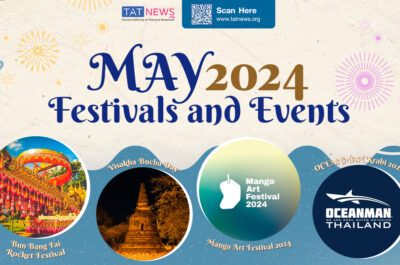


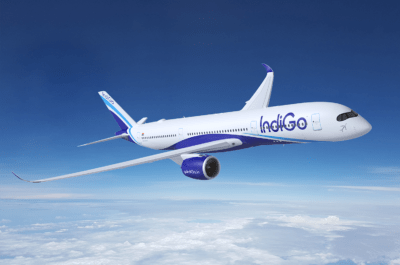
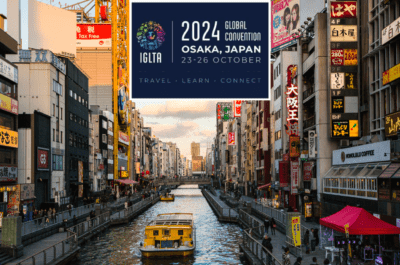
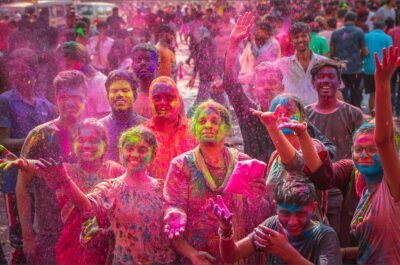









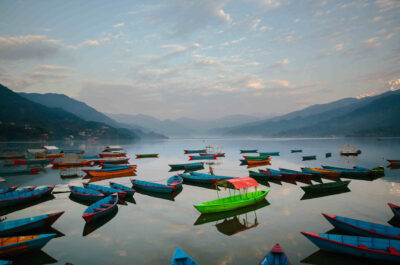







![[PR] PR_Ascott and Vimut Hospital_2024](https://www.traveldailynews.asia/wp-content/uploads/2024/04/PR-PR_Ascott-and-Vimut-Hospital_2024-400x265.jpg)




















































